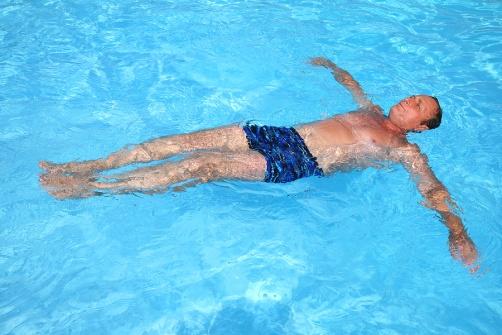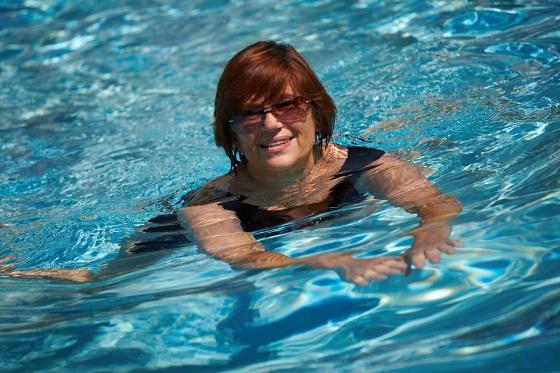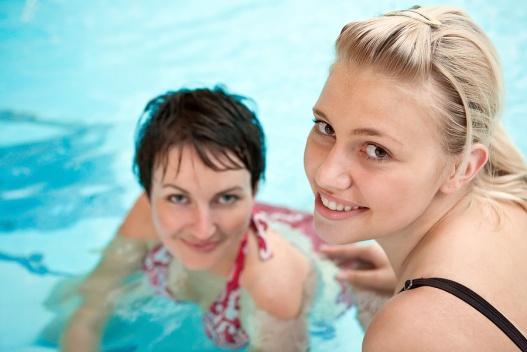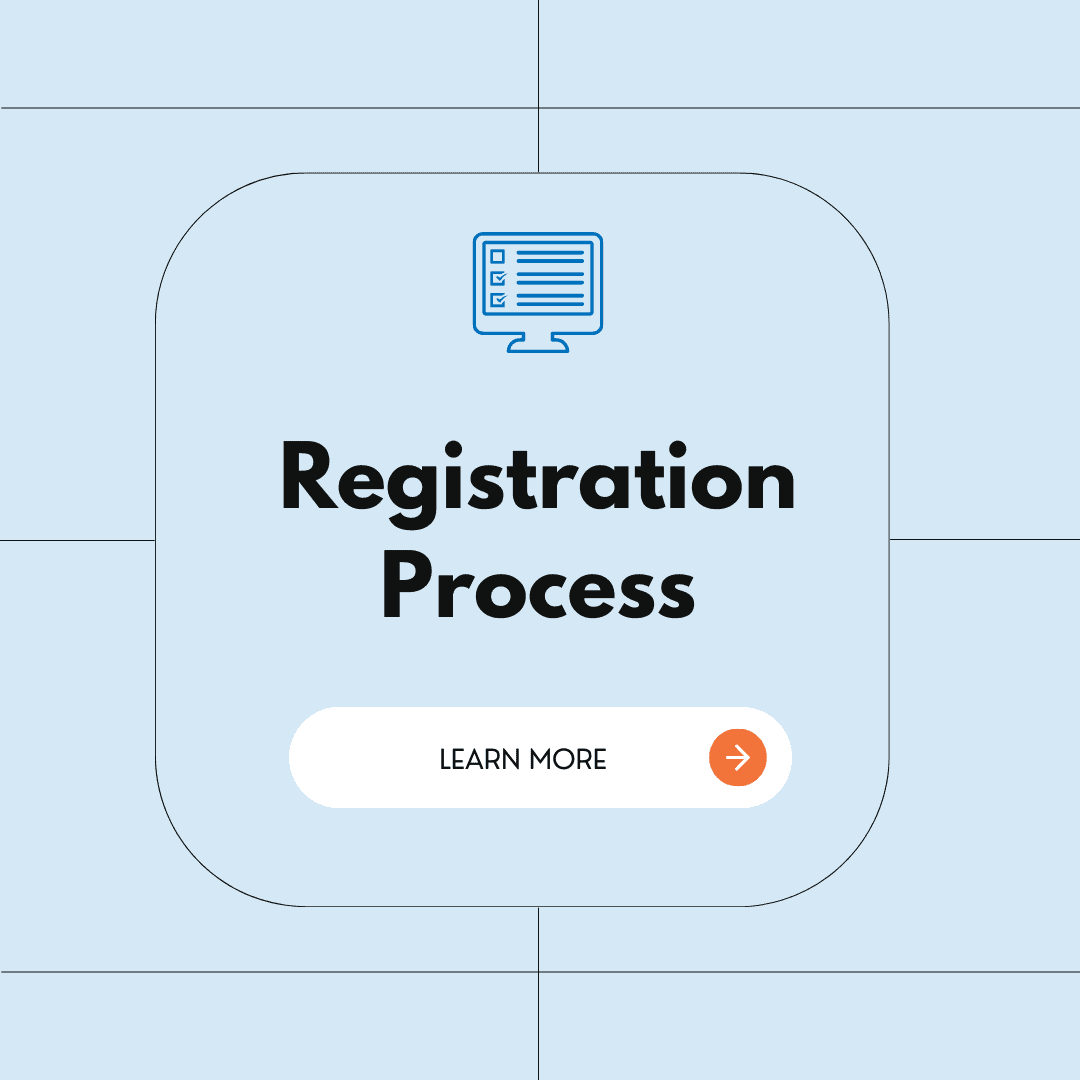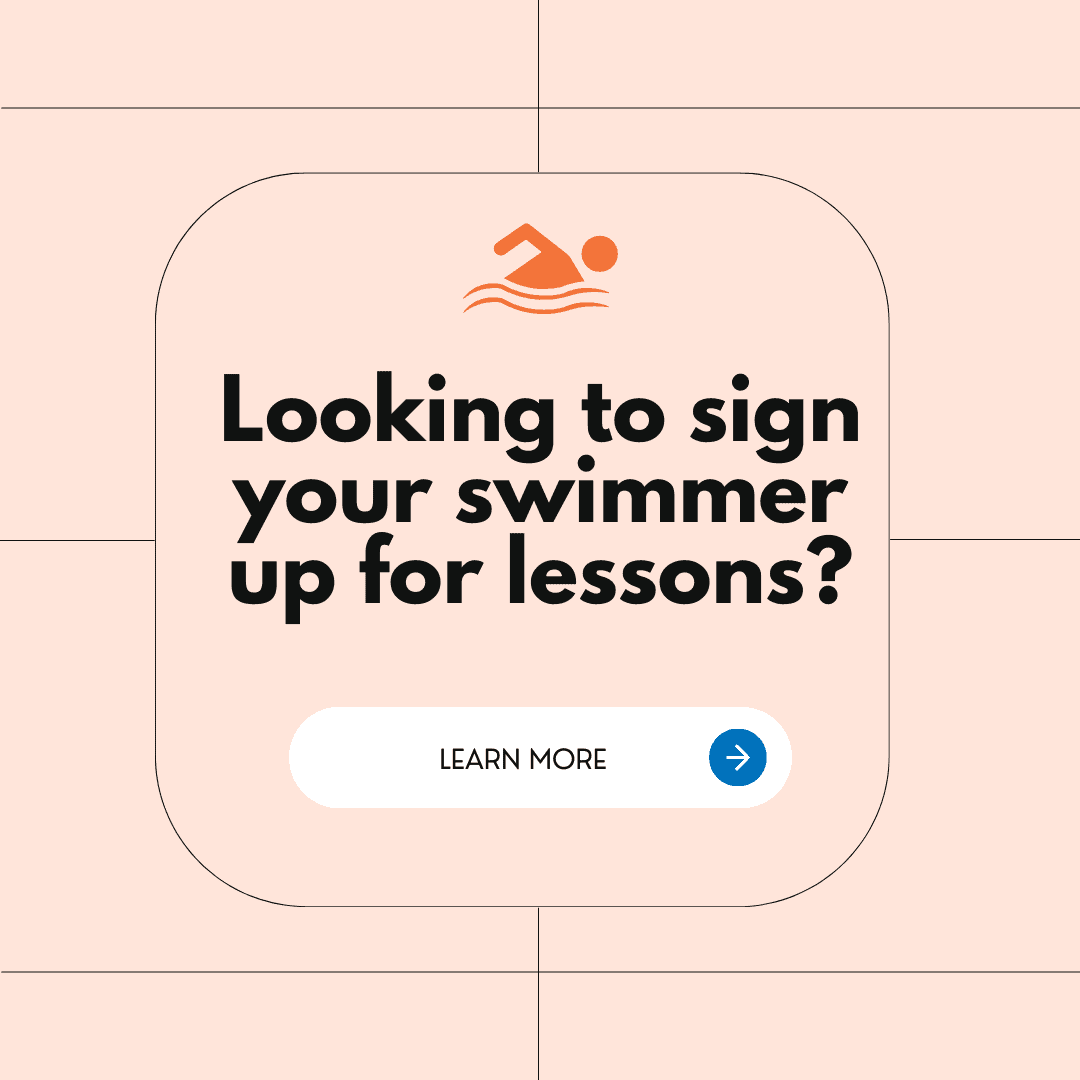Adult Aquatic Programs
Waterloo offers a number of Adult classes, including Learn to Swim, Intro to Lap Swimming and US Masters swimming. In our learn to swim classes, we offer both group and private lessons. We understand each adult comes to us with a different swimming (or lack thereof) background and develop a program to help them exceed their goals. ** No evaluation required**.
Our Adult Lesson classes are: Adult Beginner and Adult Advanced. In the Adult Beginner class we work on introduction to the water building to 20 feet of free and backstroke. In the Adult Advanced classes we move to the Olympic pool and work on stroke technique and endurance. At the end of the Advanced class, a swimmer is ready for the Intro to Lap Swimming class.
The US Masters swimming workouts are designed for both swimmers wanting fitness as well as swimmers who would like to compete in swim meets. These workouts are also ideal for triathletes training for their first or next event. We design the workouts to challenge each skill level. Usually the swimmers are placed into swim lanes by their ability…so you will be swimming with someone of similar speed. You will be instructed by a certified swim coach.

